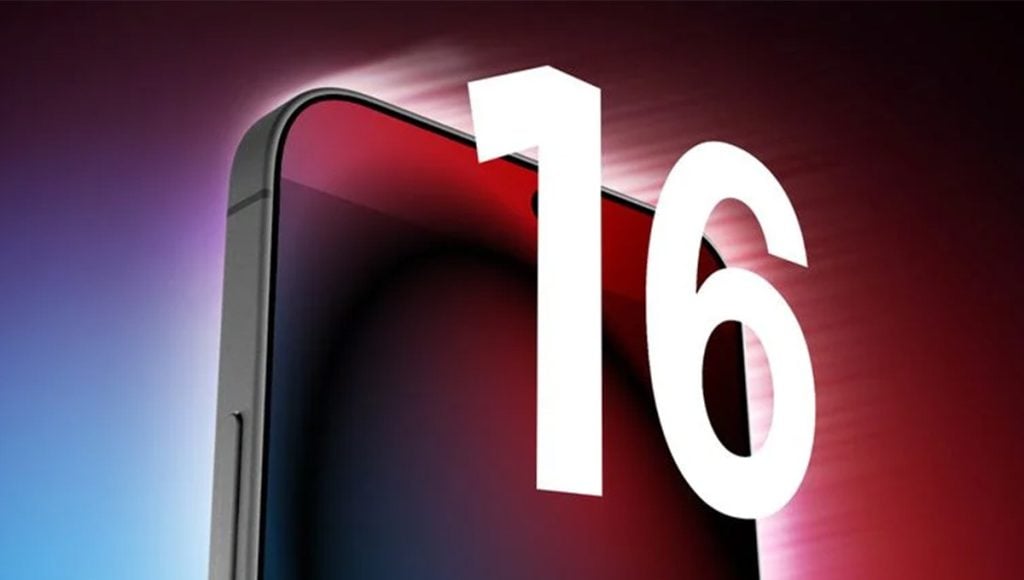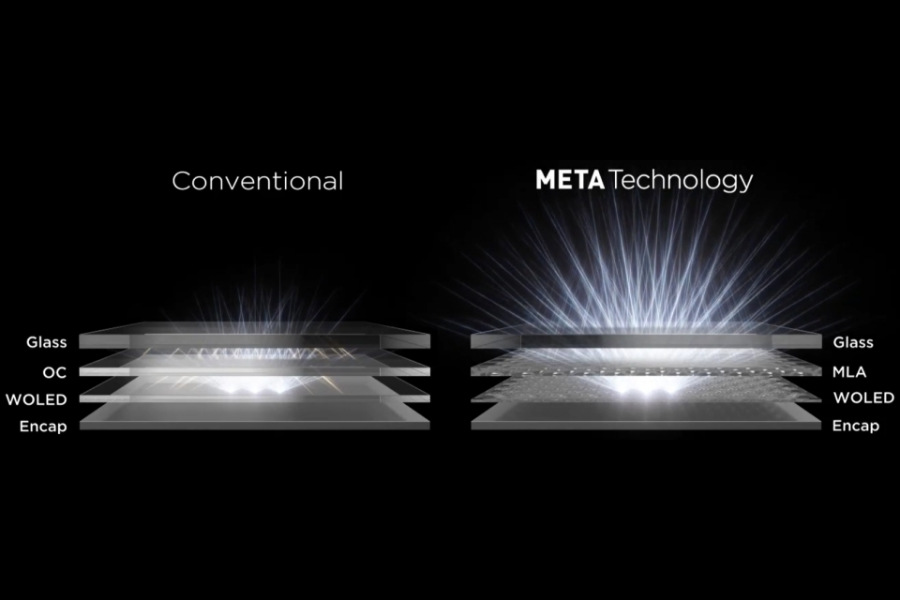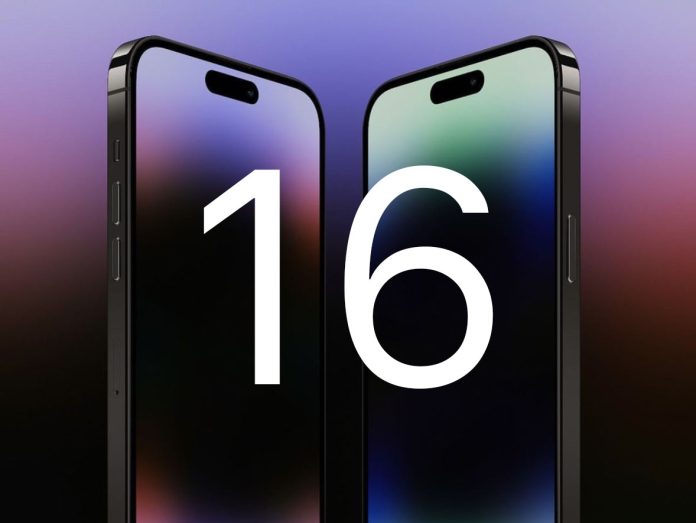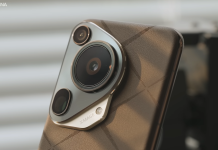Samsung Display has been the exclusive supplier of OLED panels for all high-end iPhones since the iPhone X. This will continue to be the case next year as well. However, there have been reports that Samsung Display and LG Display have proposed to Apple to use OLED displays with Micro Lens Array (MLA) technology for iPhone 16 models.

What is Micro Lens Array (MLA) display technology?
Micro Lens Array (MLA) is a display technology that uses microscopic lenses to improve the brightness and power efficiency of OLED displays. The lenses are placed between the glass and the OLED panel, and they help to redirect the light from the panel that would normally be lost to internal reflection. This results in a brighter display with less power consumption.

However, there is also a trade-off to this technology. MLA can also narrow the viewing angle of OLED displays. This is because the micro-lens inside the display focus the light in a specific direction, which can make it difficult to see the display from certain angles.
Micro Lens Array (MLA) display on iPhone 16 series?
According to a report from TheElec, there are two reasons why Samsung Display and LG Display have proposed to Apple to use MLA technology for the iPhone 16 series.
First, the OLED material sets that the two companies are developing may not yet meet Apple’s standards. MLA technology can help to improve the brightness of the display, even if the OLED material sets are not yet as efficient as Apple would like.
The second reason is that MLA technology could help Samsung Display and LG Display widen the gap with BOE, their competitors in China. BOE is a latecomer to the OLED market and is struggling to produce OLED panels that meet Apple’s requirements. If Apple adopts MLA technology for the iPhone 16 series and BOE is unable to adopt the technology, it will give Samsung and LG Display a significant advantage. And BOE will be left behind.
Apple’s take?
Apple’s decision of whether to adopt MLA technology for the iPhone 16 series depends on whether the efficiency of the OLED material set can be improved by the time mass production begins in the second half of 2024.

If the amount of light sent to the front of the panel can be at least maintained at a reduced power consumption rate without narrowing the viewing angle, then MLA implementation may be considered worthwhile. However, this depends on the performance of the OLED material set, which is said to be different for the two domestic panel companies.
MLA is still a new display technology that has been incorporated into some Samsung and LG devices. Samsung has used MLA in its own S-Ultra smartphone models, while LG has used it for some OLED TVs.
But in the case of Apple, the brand has requested that the two domestic panel companies focus on improving the efficiency of the OLED material set in response to the MLA application proposal for iPhone 16 OLED panels. It is expected that it will take time for a final decision to be made.
Related:
- New Leak Claims That iPhone 15 Ultra Might Be The Fifth Model This Year
- Apple to Release New ‘FineWoven’ Cases for iPhone 15 in 10 Colors
- Apple iPhone 15 series India launch will coincide with the global release
- Apple ‘Wonderlust’ Event Set For September 12: What To Expect
- Best Smart Rings of 2023
- Best 1440p Monitors 2023 – Dell, Asus, LG, & More
(Via)







